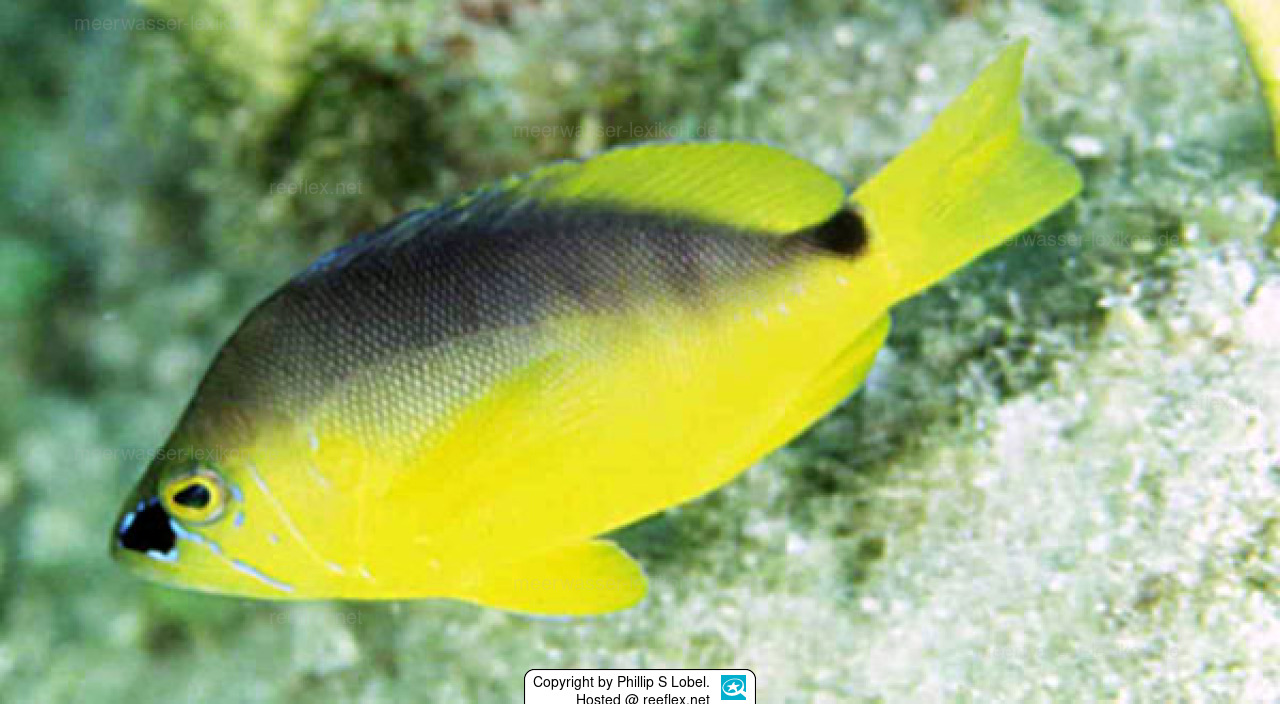Info
The Hypoplectrus maculiferus is known for its striking coloration and belongs to the Serranidae family, which also includes groupers and anthias.
The body is generally blue with a striking black stripe running from the snout through the eye to the base of the tail fin.
The dorsal fin has a bright yellow margin. Adult animals have a two-tone pattern with a distinct dark spot or polka dots on the side of the body.
The body of the two-tone hamlet perch is laterally compressed so that it can wriggle its way skillfully through crevices and holes in corals.
These hamlets often live in pairs or small groups and are also known for their acoustic signals, which they emit in the form of a variety of sounds during social interactions, especially mating rituals.
Predators: groupers, snappers, and moray eels.
Etymology
The name “Hamlet” comes from the Old English word “hamlet,” which refers to a small village or settlement.
This name reflects the species' tendency to live only in certain areas in their coral reefs.
The genus name Hypoplectrus comes from the Greek, where “hypo” means below and “plektron” means a plucked string, possibly alluding to their singing behavior during mating rituals.
The body is generally blue with a striking black stripe running from the snout through the eye to the base of the tail fin.
The dorsal fin has a bright yellow margin. Adult animals have a two-tone pattern with a distinct dark spot or polka dots on the side of the body.
The body of the two-tone hamlet perch is laterally compressed so that it can wriggle its way skillfully through crevices and holes in corals.
These hamlets often live in pairs or small groups and are also known for their acoustic signals, which they emit in the form of a variety of sounds during social interactions, especially mating rituals.
Predators: groupers, snappers, and moray eels.
Etymology
The name “Hamlet” comes from the Old English word “hamlet,” which refers to a small village or settlement.
This name reflects the species' tendency to live only in certain areas in their coral reefs.
The genus name Hypoplectrus comes from the Greek, where “hypo” means below and “plektron” means a plucked string, possibly alluding to their singing behavior during mating rituals.







 Dipl. Biologe Phillip S Lobel, USA
Dipl. Biologe Phillip S Lobel, USA


















